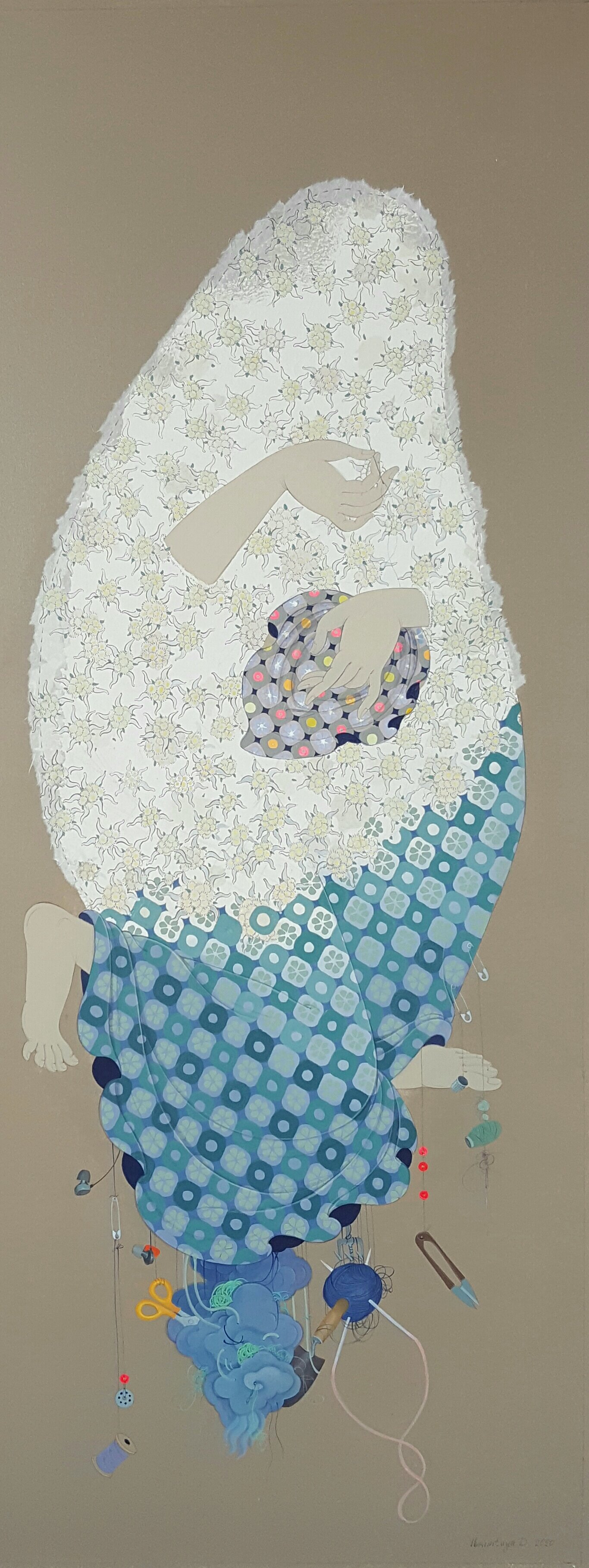Four Women Painters: At the Crossroads
Zsofia Schweger (Hungary/UK), Lucia Vidales (Mexico), Anya Zholud (Russia), Uuriintuya Dagvasambuu (Mongolia)
Curated by Omar Lopez-Chahoud
December 1, 2020 – January 12, 2021
Exhibition is hosted by the Piero Atchugarry Gallery in Miami’s Design District
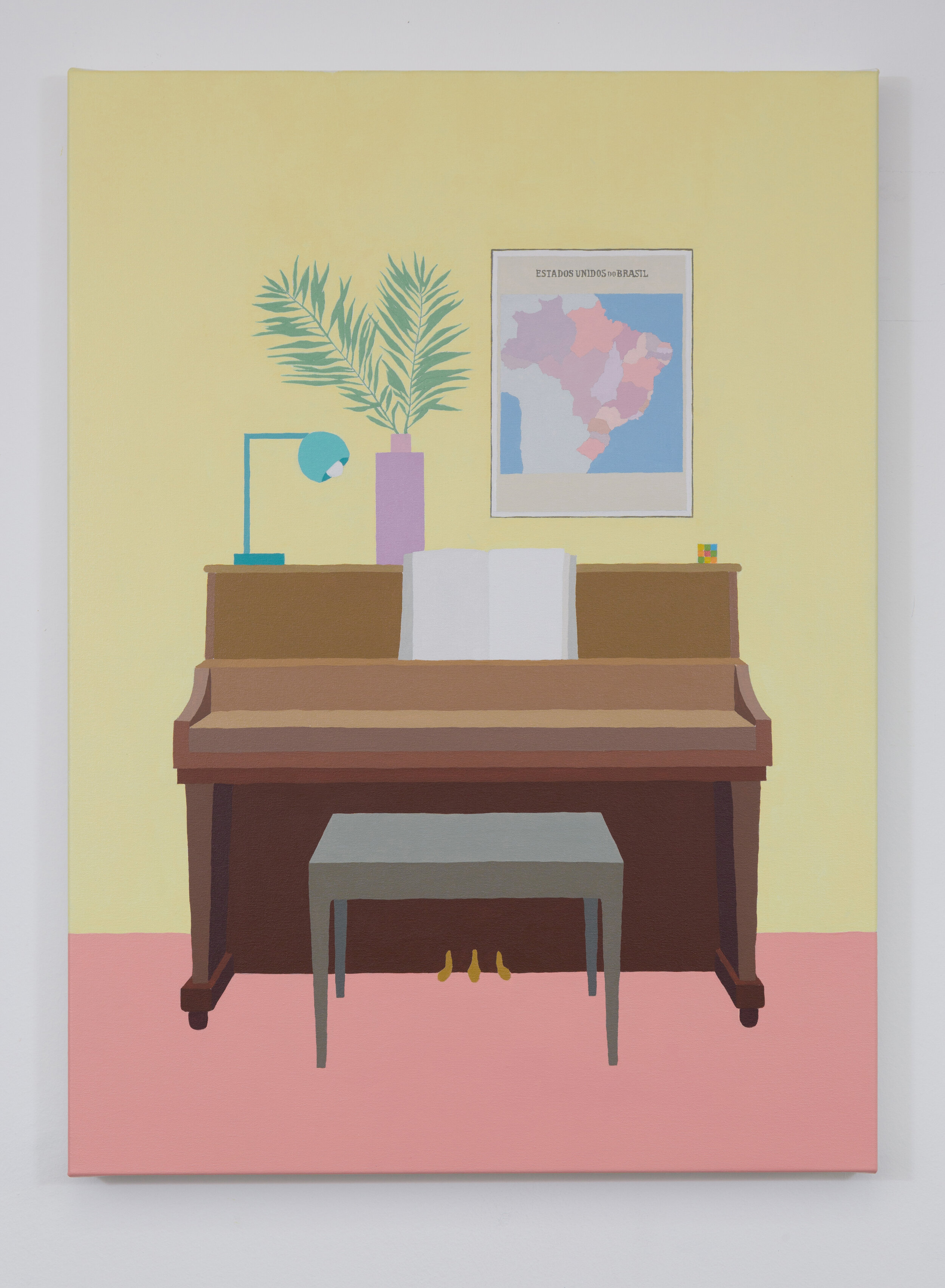
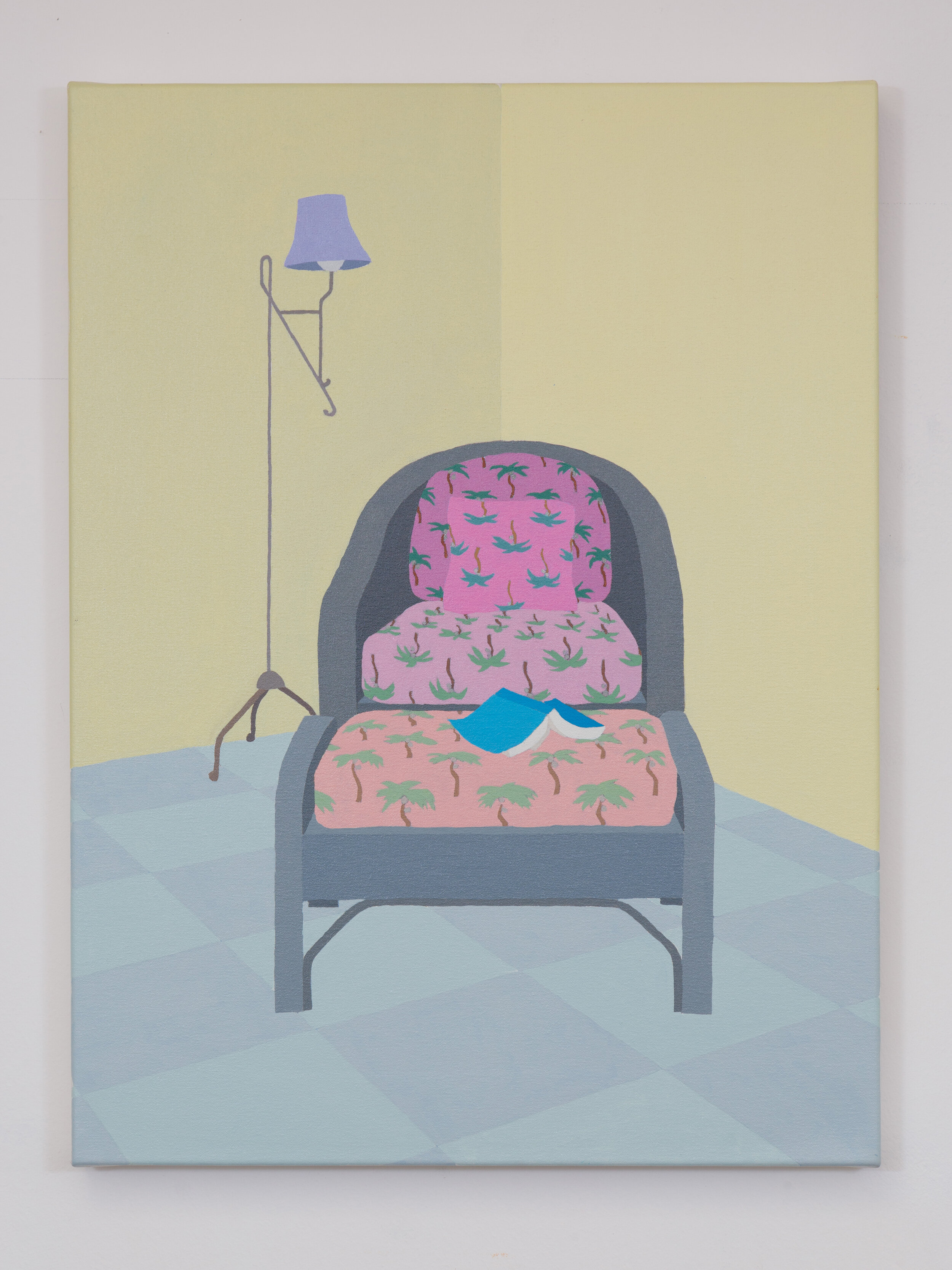
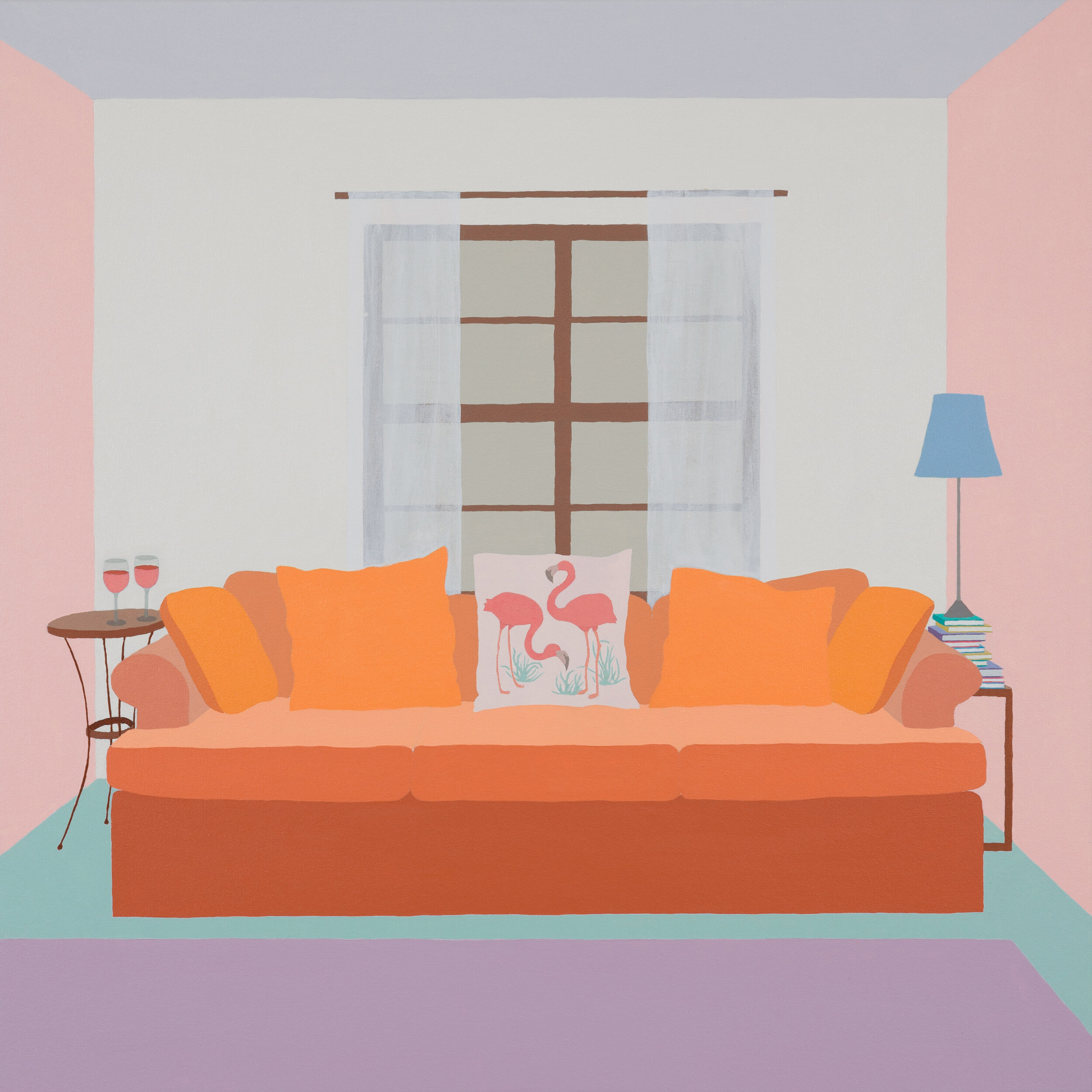

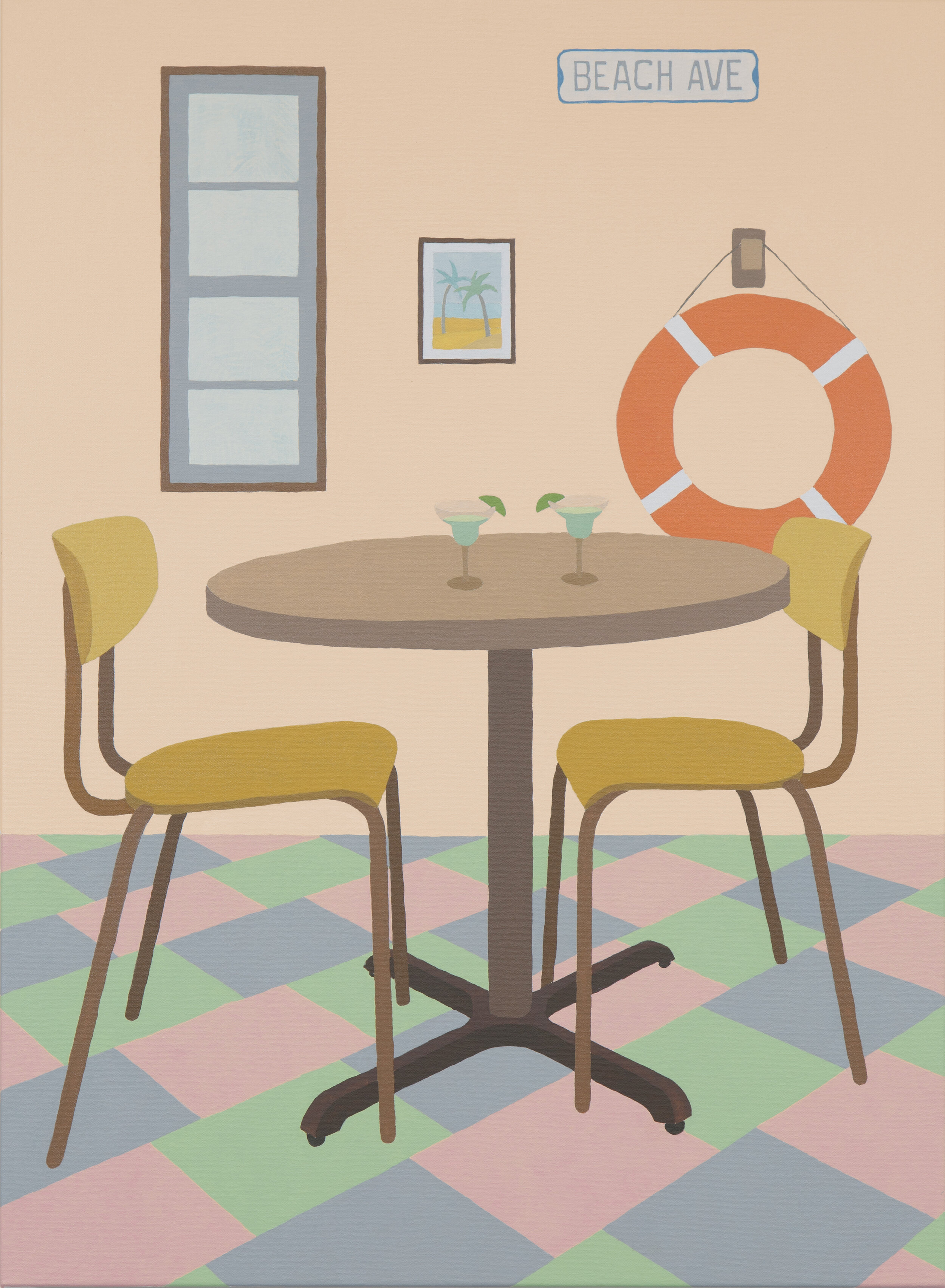
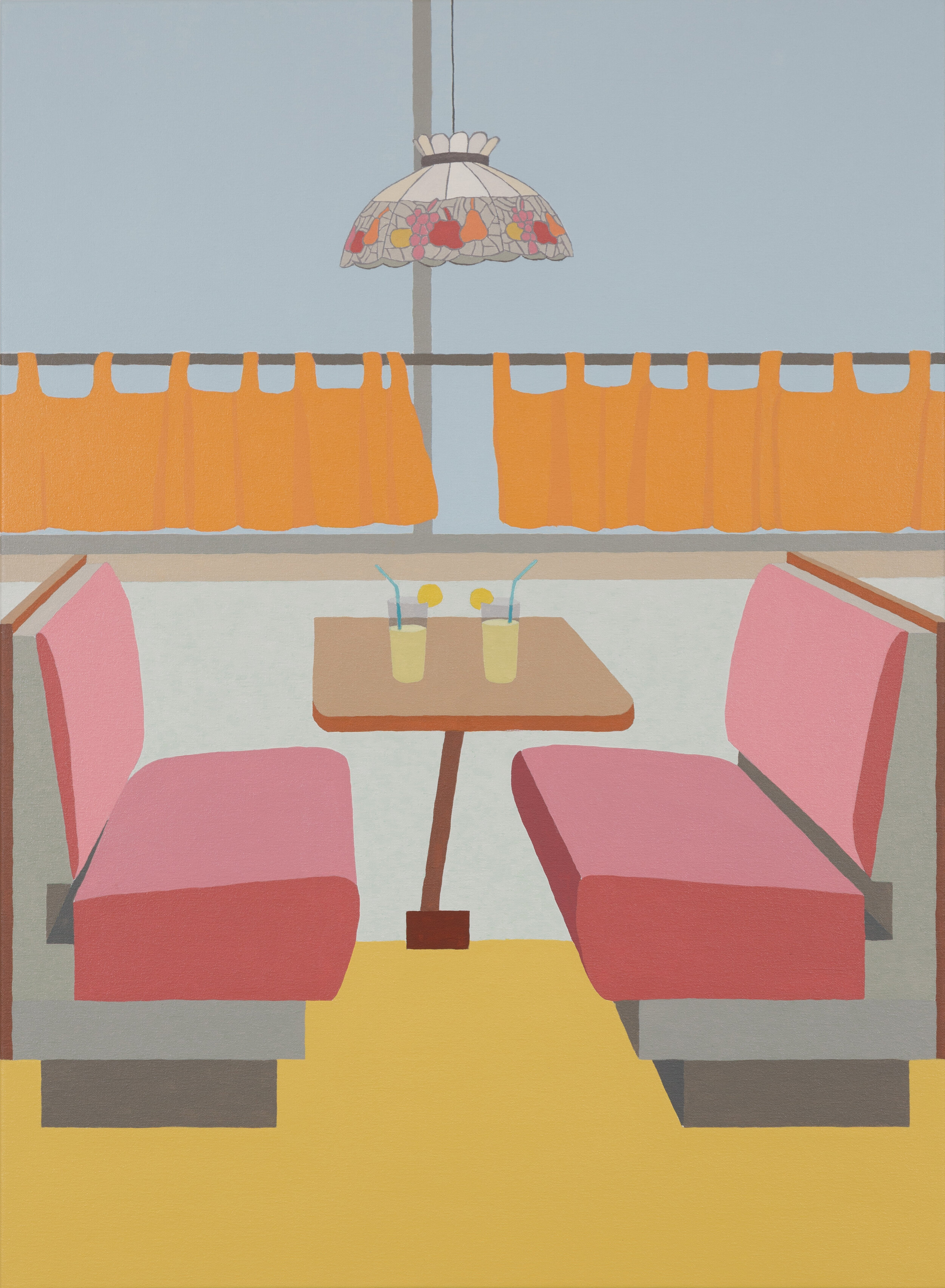
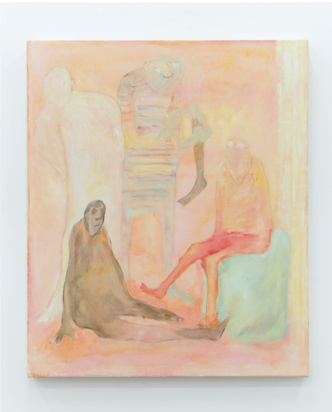
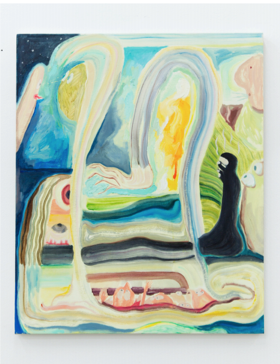
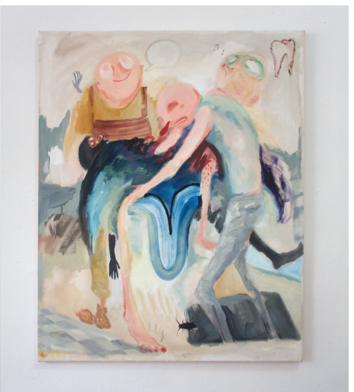
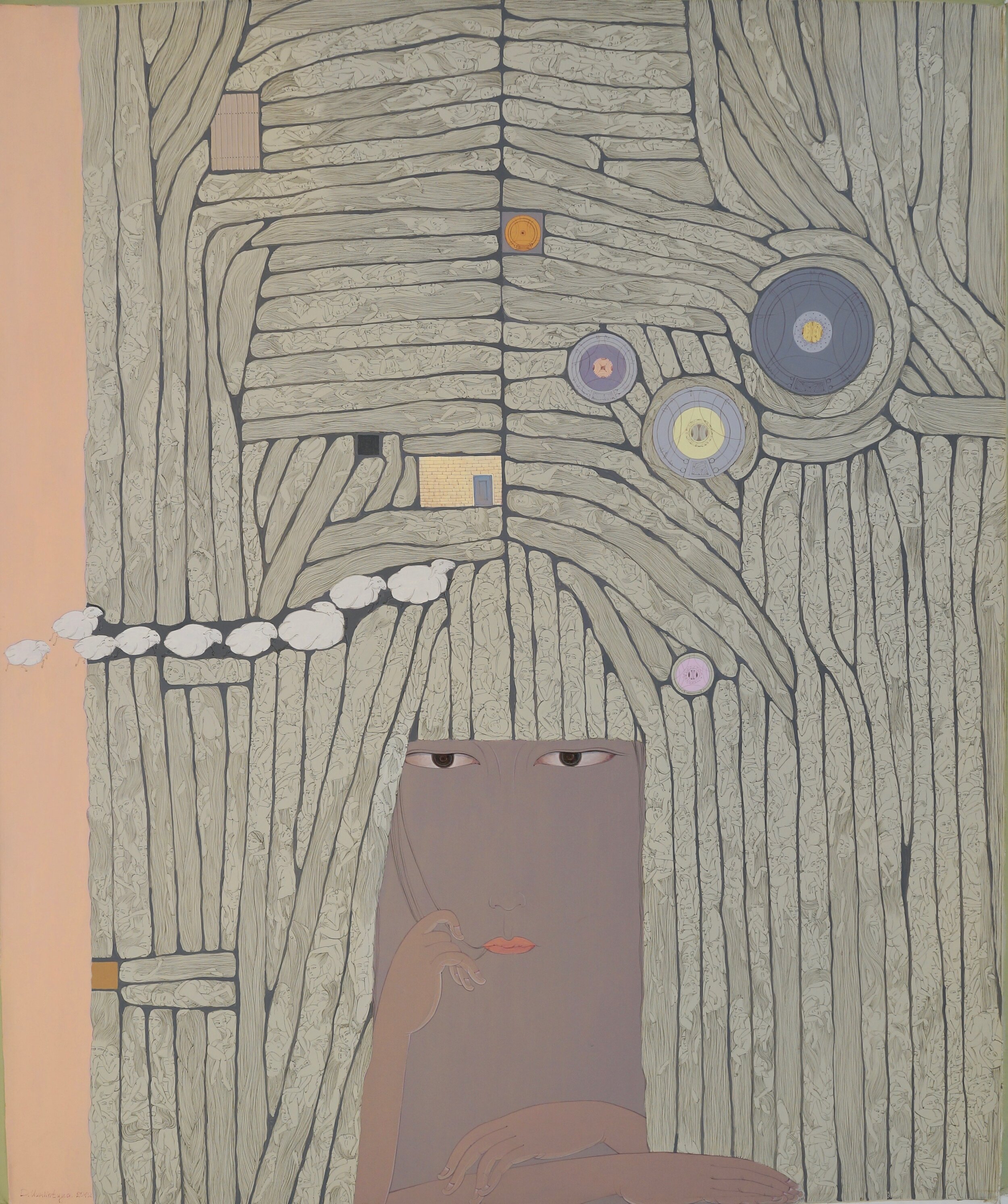
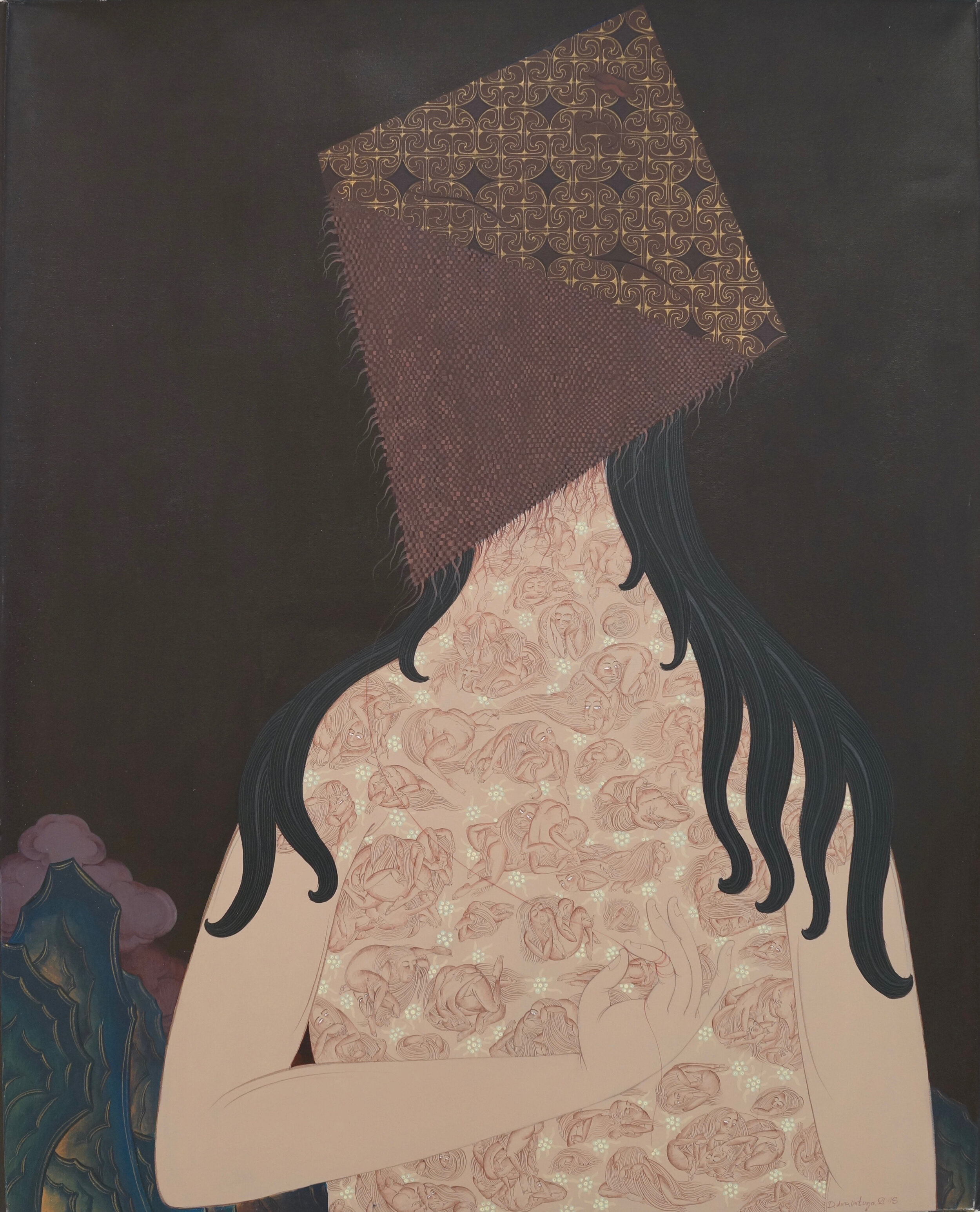
SAPAR CONTEMPORARY is delighted to present Four Women Painters: At the Crossroads, an exhibition that highlights new developments in painting in Mexico, Hungary, UK, Russia and Mongolia. The exhibition is curated by Omar Lopez Chahoud and will be presented at the Piero Atchugarry Gallery in Miami’s Design District. This is a second collaboration of Sapar Contemporary and Piero Atchugarry Gallery and is a part of PA Takeover program.
The exhibition focuses on paintings that blur the line between figuration and abstraction. The participating artists were carefully chosen to represent different approaches and styles with an emphasis on visual narrative. Storytelling in art has been present for centuries and in many cases has served as a point of reference to understand the social and political structure of past civilizations. The artists in this exhibition—all women—are well aware of their origins and personal histories: Mongolia, Russia, Hungary and Mexico are distinct countries facing similar challenges as a result of globalization. These conditions have brought about technological advances in communication and easy access to information, which results in an approach to artmaking one could call the contemporary homogeneous. Social Media has contributed further to this new direction, shifting artists’ production into ever greater accessibility and availability to anyone, regardless of social status or geographical location. This concept of the crossroads, then, represents a return to the meeting point at which consensus must be reached.
The exhibited works might come across as aesthetically beautiful and poetically embellished, but upon a closer look, a complex set of themes and emotions unravels. Layers upon layers reveal fears of isolation and belonging, further elucidating the creators’ inner concerns and humanity. Additionally, cultural appropriation becomes a means to an end in order to question the ills of society. These female artists reflect upon issues such as economic disadvantage, gender inequality, racism, and environmental concerns, and consumerism. For instance, in the work of Anya Zholud (Russia) and Zsofia Schweger (Hungary), both artists confront and question issues of gender role expectations and address mobility and migration through the metaphors of domestic and public spaces. Uuriintuya Dagvasambuu (Mongolia) appropriates traditional Buddhist motifs and iconography to orchestrate a contemporary narrative about the impact on, and the positioning of women in everyday life in a post-nomadic Mongolian culture. Lucia Vidales (Mexico) makes paintings that are loose expressionistic renderings of the human figure. With these fluid figures she re-envisions the language of painting and at the same time questions an old religious narrative as they tell a story most people encountered in medieval imagery. Vidales’s work gives birth to strange hybrid creatures in a space that echoes hundreds of years of civilization and traditions. The artists tell us a story of who we are and where we come from, and, perhaps—in presenting a scenario for a hopeful, better future - where we are going.
About Artists
Uurintuya Dagvasambuu is a contemporary master of the Mongol Zurag painting, and is widely respected for her innovations in this style. She notably integrates traditional Mongolian and Buddhists motifs with contemporary themes, as she chronicles the lives of women and everyday, mundane life across the seasons in her post-nomadic homeland. She began exhibiting as a student since 2001 and had solo exhibitions in Ulaanbaatar in 2006 and in 2018. Dagvasambuu participated in group exhibitions at home and internationally including exhibitions in Las Vegas (2006), Beijing (2008), Hong Kong (2011), Fukuoka (2012) London (2012), and Düsseldorf (2012). She has also participated in the Shanghai Bienniale (2012), the Fukuoka Asian Art Triennial (2014), and the Asia Pacific Triennial (Queensland, 2015). Dagvasambuu, under the Goethe Institute Mongolia, was also a part of the 2017 Documenta 14 tour, which was partnered with the Mongolian Contemporary Art Support Association. Her work was also recently acquired by the Johnson Museum at Cornell University. Dagvasambuu’s development of traditional motifs and pictorial language into unique representations of Mongolian women and the everyday lives of post-nomadic Mongolia has been recognized in her home country. Her works were selected for the 2013 Grand Prix for Best Artworks of the Year from the National Modern Art Gallery of Mongolia for the 2018 Grand Prix for Best Artwork of the Year from the Union of Mongolian Artists. Dagvasambuu graduated from the Institute of Fine Arts, Mongolian University of Arts and Culture. She currently lives and works in Ulaanbataar.
Lucía Vidales lives and works in Mexico City. A selection of recent solo exhibitions includes: (2018) El tiempo que nos pudrirá, Edison 137, Mexico City; Perros cien veces perros, LADRÓN Galería, Mexico City (2017) Brlbrlbrlbrlbrlbrl, Bikini Wax, Mexico City. Group exhibitions: (2018) El cordón umbilical retiniano, ESPAC, Mexico City; Tiger poems and songs for Hurricanes, Galería Travesía 4, Guadalajara; In Psyco, Estudio Marte 221, Mexico City; Do you believe in life after love? Deslave, Tijuana (2017) Decolonizing Tridimensionality, AMOR Art space, Mexico City; Montar la Bestia, USC Fisher Museum of Art, Los Angeles, Museo Nacional de ferrocarril mexicanos, Puebla, CaSa, Oaxaca. Lucia Vidales created works that are re-interpretations of an already much-fictionalized story of a religious miracle. The story of Saints Cosmas and Damian, twin brothers, Arab Syrian physicians, healers and early Christian martyrs, has been interpreted by many Medieval and Renaissance painters. One of their miracles intrigued Lucia most: a story of Cosmas and Damian miraculously transplanting a leg of the Ethiopian slave onto the white body of the patient, and then the leg heals and turns miraculously white. This could be a truthful record of the first successful organ transplant or a really convoluted fiction spun by believers over centuries. However, in her re-telling of this story, Lucia makes the black leg into a third and perhaps the most important protagonist of this miracle; the leg acquires a life of its own.
Zsofia Schweger is a graduate of Wellesley College and the Slade School of Fine Art. Zsofia’s work in painting is informed by her experience of moving countries, Hungary, US, UK: she is interested in human relationships to spaces in general and the notions of home and belonging in particular. In her paintings of domestic and public interiors, Zsofia uses reductive paint application, flat panels of color and a muted palette in order to express a sense of both alienation and comfort. Zsofia was selected for Bloomberg New Contemporaries 2016 and Forbes 30 Under 30 Europe 2017. She has been supported by several generous prizes, including the Jealous Prize, Griffin Art Prize, the Alice C. Cole Award, and the ‘One To Watch’ Award. Since her first solo exhibition at Griffin Gallery in London in 2016, she has had solo shows at Edel Assanti (London), Sapar Contemporary (New York), Lundgren Gallery (Palma), and Inda Gallery (Budapest). For the works presented in this exhibition, Schweger shares a selection of interior scenes that she observed during her stay at Fountainhead Residency between December 2019 and January 2020. Schweger states, “Taking cues from the city’s pastel colours and its seductive, joyful Floridiana, I set out to identify and document moments of wonder. I was fascinated by (and could relate to) the palpable notion of nostalgia in one of the most transient cities of America.”
Anya Zholud, a celebrated Russian artist, works in a tradition of Russian writers and artists who wrestled with the notion of byt, which means extremely basic everyday life in Russian, but cannot be translated by a single word in other European languages. Daily life, quotidian existence, material culture, private life, domestic life: all of these various shades of meaning are present in the term. In her paintings, Zholud creates an outline of material life around her, making it physically present and at the same time transparent. Zholud, who lives in isolation in a rural area outside of Moscow, often struggles with depression, originally referred to these works as “outlines of basic happiness.” She turns her everyday reality into a schematic bare drawing, and a drawing into a wire installation, a ghost or a dream of the object. The artist often speaks about looking for a scheme or an outline of happiness in every object around her. She created inventories of objects of her byt: cups, pots, lamps, shoes, chairs, benches…they are like vocabulary for her poetry. Zholud has shown in major institutional venues in Russian and abroad. Before she turned 35, she had solo shows at the Museum of Contemporary Art, Moscow, Moscow Museum of Modern Art, and State Russian Museum, St. Petersburg. She has participated in the main Pavilion of the Venice Biennale in 2009, and exhibited at the Garage in Moscow. She graduated from St. Petersburg Art College and the St. Petersburg State Academy of Applied Art and Design. Her work in in the collections of Moscow Museum of Modern Art, Private Contemporary Art Museum in Moscow, National Centre for Contemporary Arts, Museum of Non-conformist Art in St. Petersburg, State Hermitage Museum, State Russian Museum, Tretyakov Gallery. She was nominated three times, 2007, 2009 and 2012 —for the All-Russia «Innovation» prize in the sphere of contemporary art, and nominated for the Kandinsky Prize.
About Curator
Omar Lopez-Chahoud has been the Artistic Director and Curator of UNTITLED. since its founding in 2012. As an independent curator, López-Chahoud has curated and co-curated numerous exhibitions in the United States and internationally. Most recently, he curated the Nicaraguan Biennial in March 2014. López-Chahoud has participated in curatorial panel discussions at Artists' Space, Art in General, MoMA PS1, and the Whitney Museum of American Art in New York City. López-Chahoud earned MFAs from Yale University School of Art, and the Royal Academy of Art in London.


